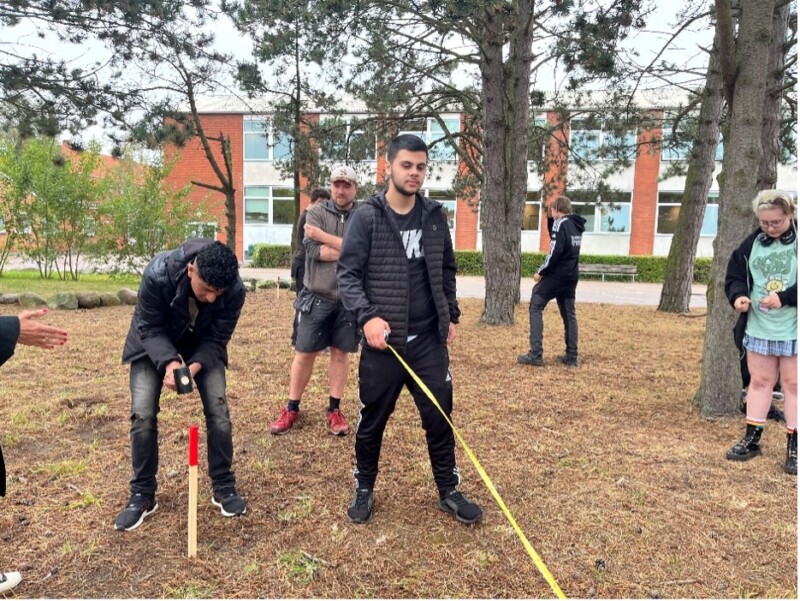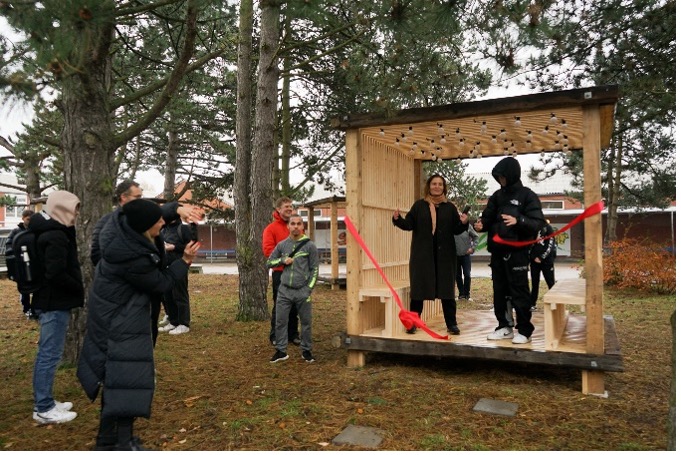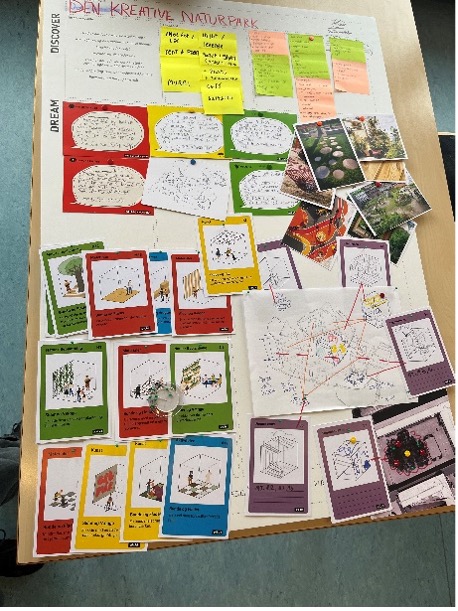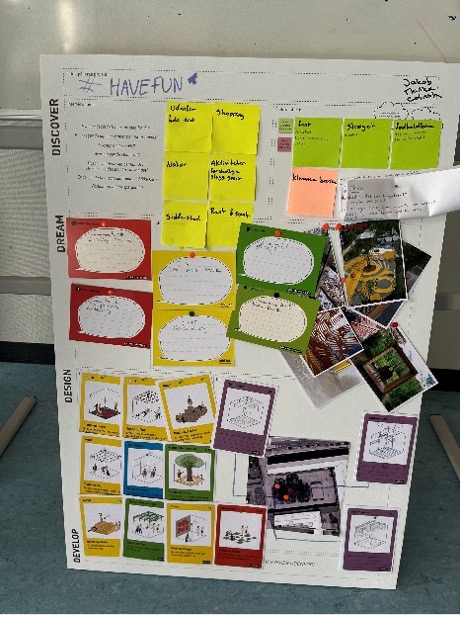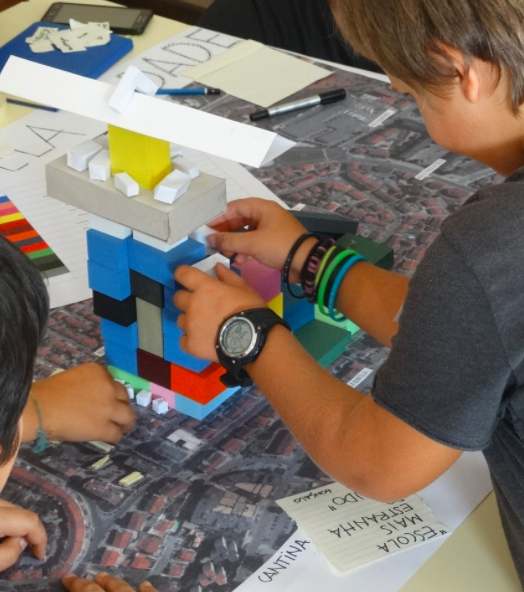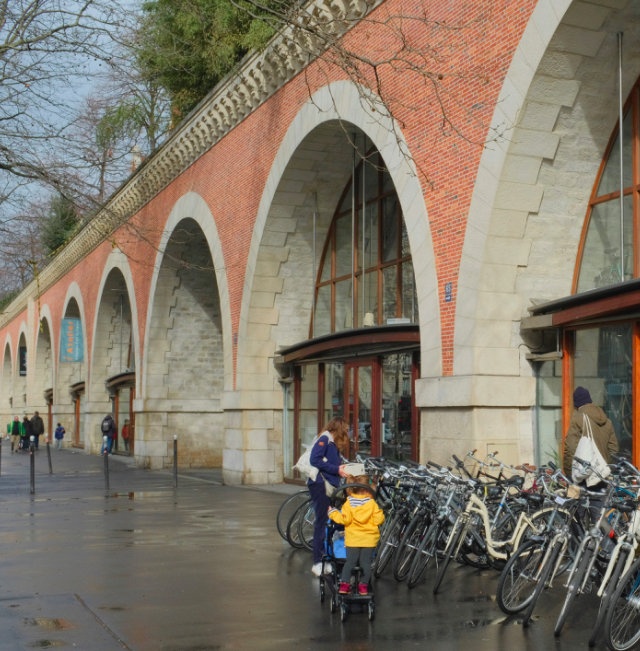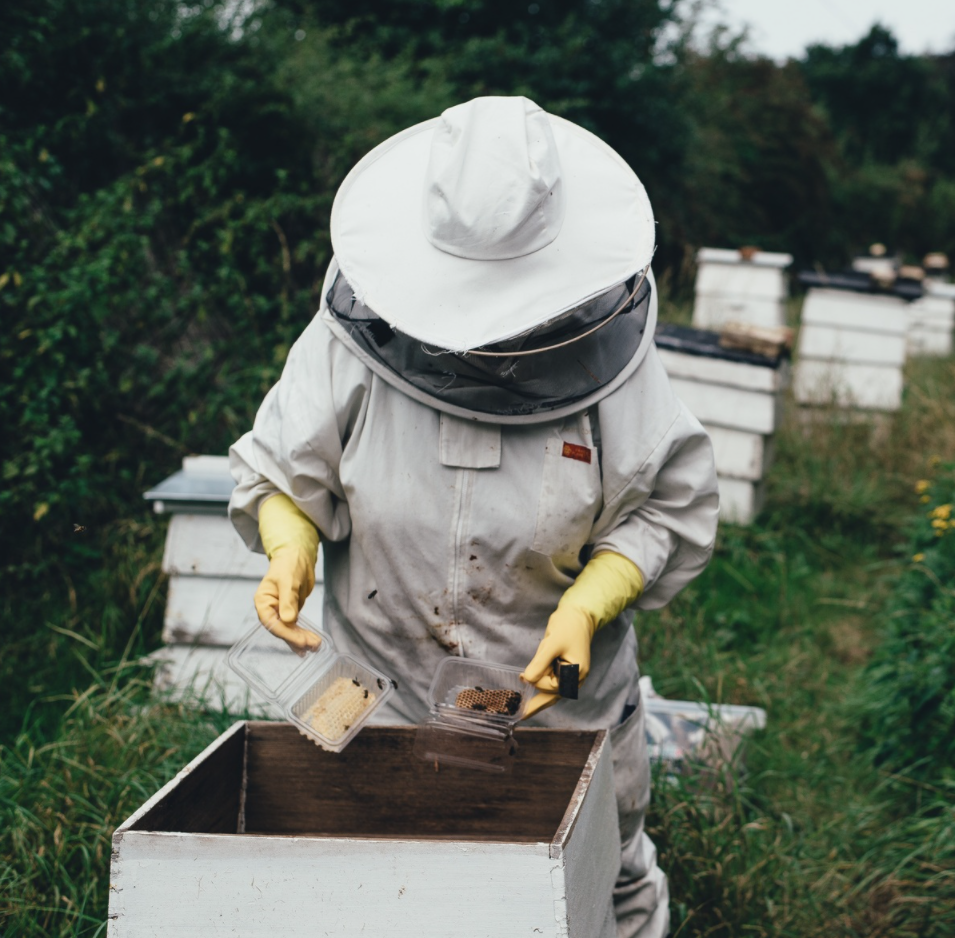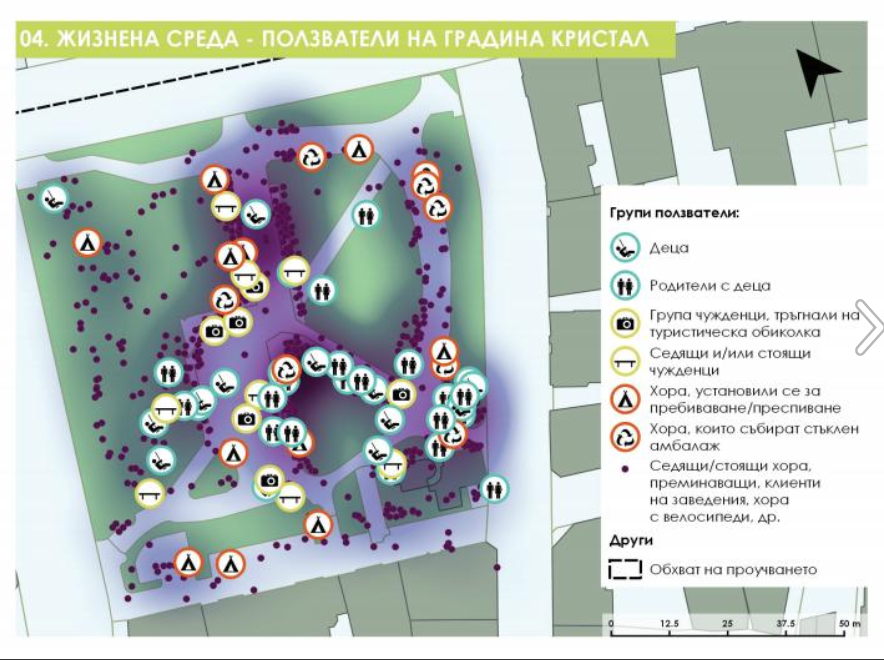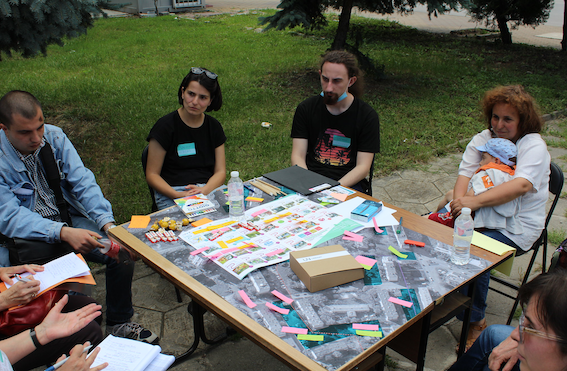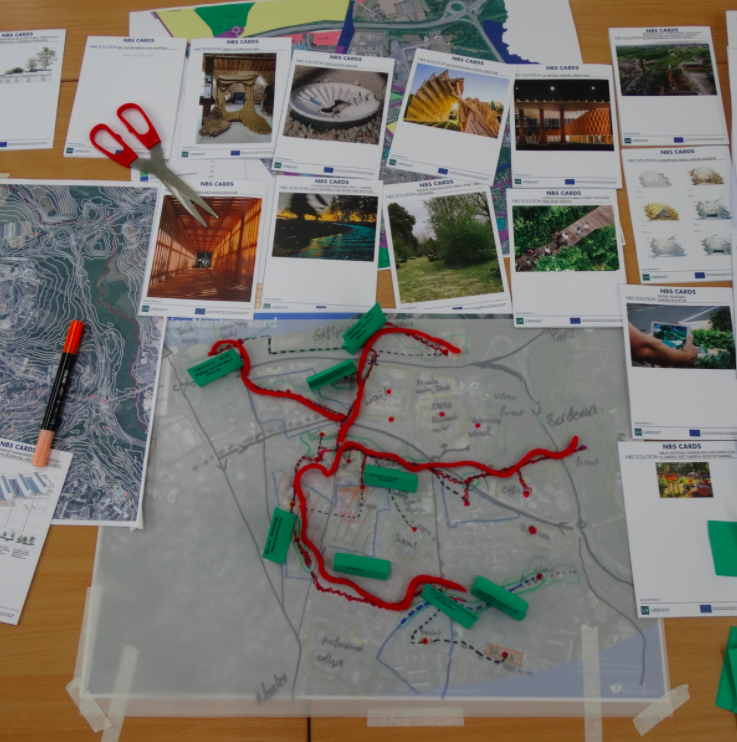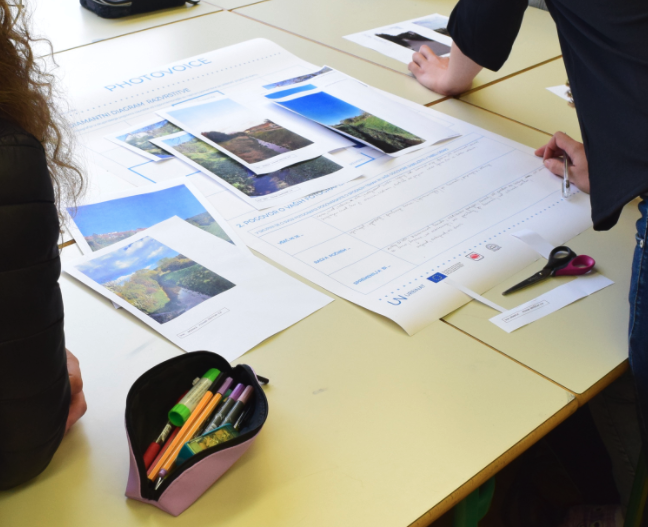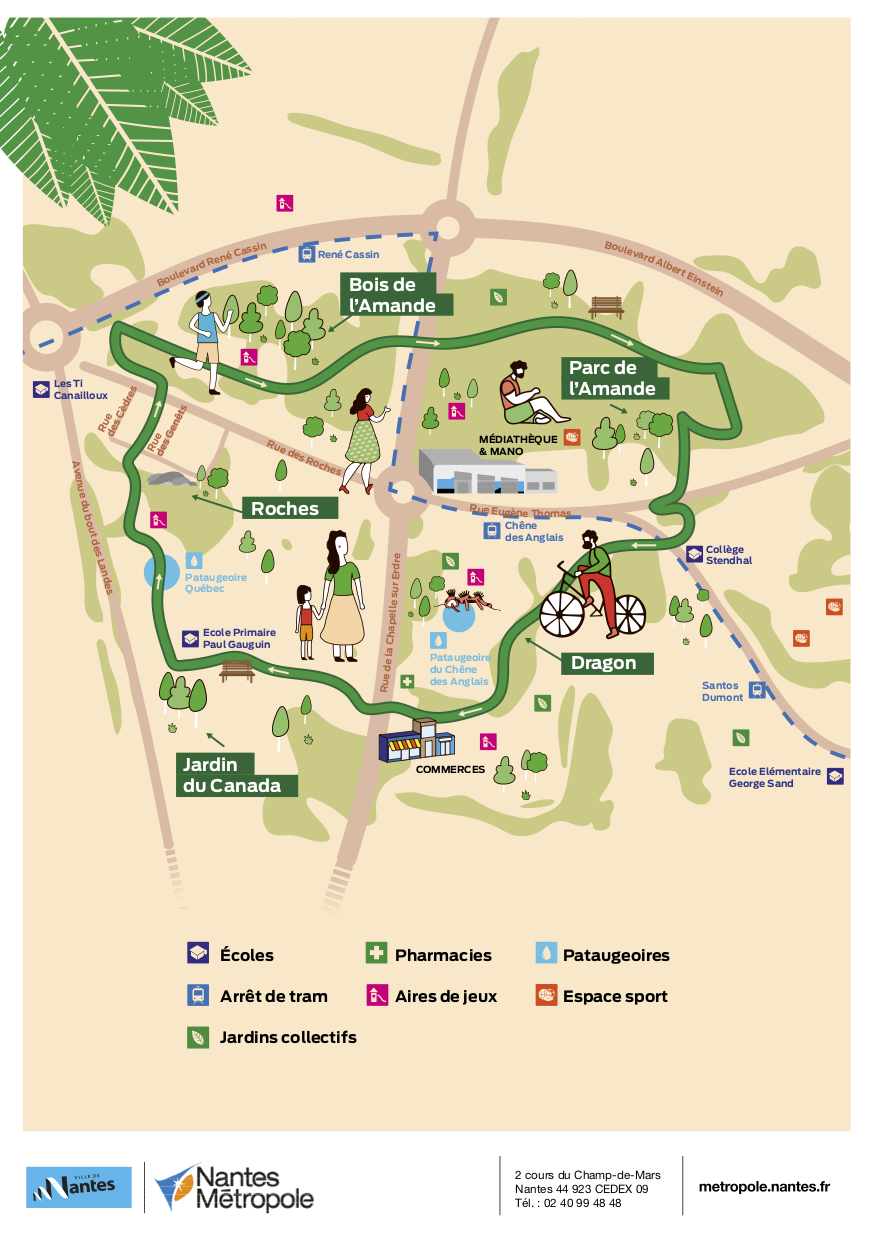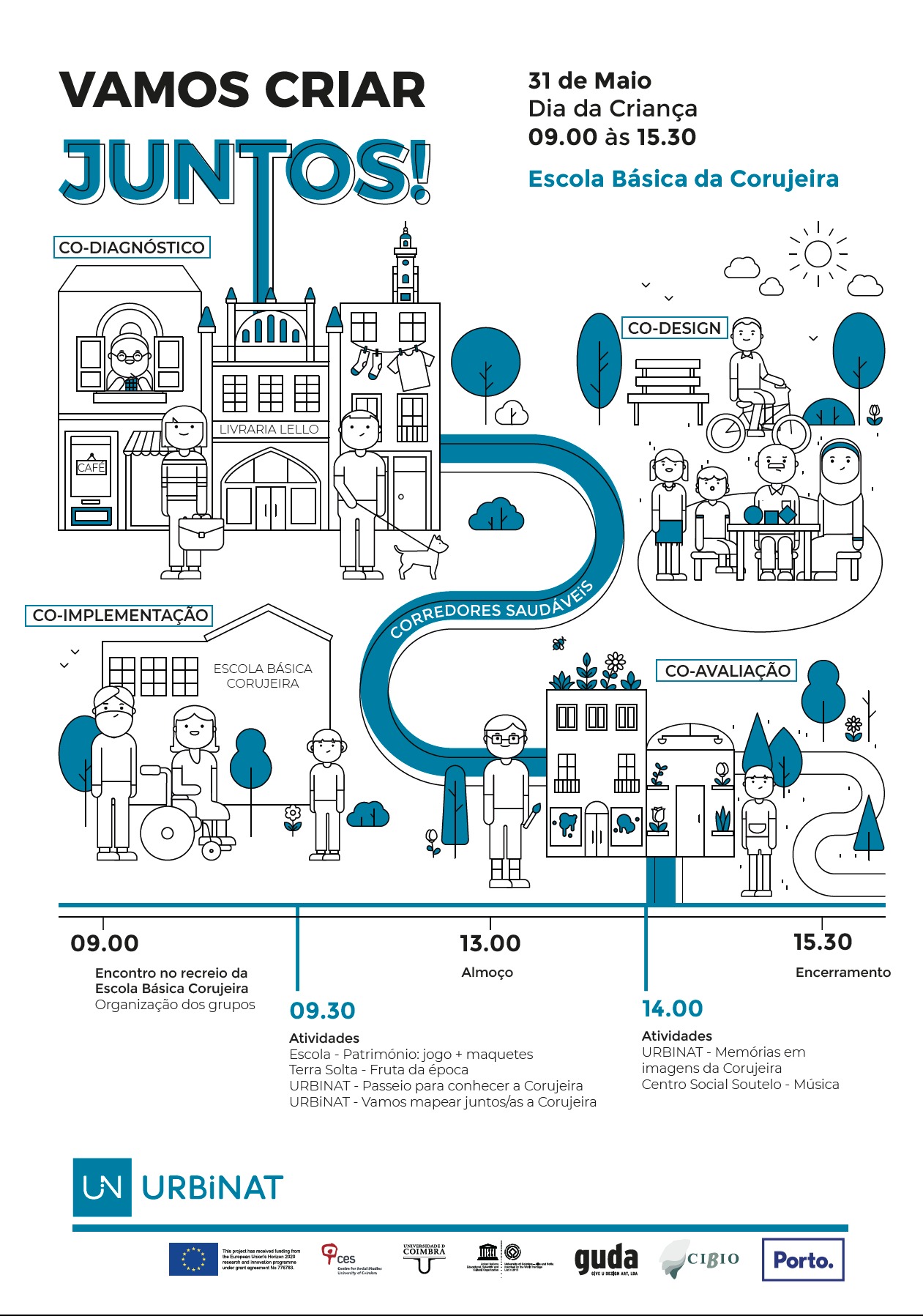In the heart of URBiNAT Follower City Høje Taastrup, an ambitious project is taking shape that promises to transform the city into a hub of knowledge and education. The development plans for Gadehavegård, led by URBiNAT consortium partner Høje-Taastrup Municipality and Domea.dk, lay the foundations for a urban knowledge hub that will include a Kvarterhus (community center) and a Campus, among other facilities. This initiative is not only about creating physical spaces but also about fostering a sense of community, learning, and sustainability.
The Need for a Knowledge City
Høje-Taastrup Municipality has set high ambitions to encourage more young people to start and complete their youth education. Currently, 28% of 24-year-olds have not completed a youth education, and access to education is particularly low in public housing areas. Recognizing this challenge, the municipality is determined to gather young people and strengthen local educational opportunities.
The Gadehavegård development plan is an important step towards this goal. It envisions the creation of a vibrant youth and campus environment that will attract local youth and others from further afield. With the presence of a high school near Gadehavegård and the establishment of a community center for the 10th grade, the groundwork for educational excellence is already in place.
Co-planning and Implementation with URBiNAT
Since 2018 our local URBiNAT team based in Høje Taastrup, has been working on the co-planning of a Healthy Corridor. As part of the team has contributed to development plans for Gadehavegård with innovative ideas and a holistic approach to urban development. As a result the project features a significant number of Nature-Based Solutions (NBS), and an enhanced local awareness of their role in enhancing the urban environment while fostering community well-being.
Three key benchmarks have been established for the future Campus in Høje Taastrup:
- Co-Creation: Collaboration and co-creation are at the core of the project. From the outset URBiNAT has encouraged the active involvement of various stakeholders, ensuring that the community’s voices are heard and integrated into the development process. This approach not only creates a sense of ownership but also results in more sustainable and tailored solutions.
- Sustainability: Sustainability is a central theme in the Gadehavegård development plans. URBiNAT’s focus on Nature-Based Solutions aligns with the goal of creating an environmentally friendly and resilient campus environment. These solutions include green infrastructure, biodiversity enhancements, and sustainable urban planning.
- Cooperation with the Local Business Community: Building strong connections with the local business community is a priority for the future Campus. URBiNAT promotes engagement with local enterprises, fostering economic growth and collaboration that benefits both residents and businesses.
Photos: Arki-Lab ©
Creating a Sustainable, Inclusive, and Knowledge-Centric Future
The vision for the future City of Knowledge in Høje Taastrup is one that embraces sustainability, inclusivity, and innovation. With URBiNAT’s guidance, the development plans for Gadehavegård are not just about constructing buildings but about constructing a brighter future for the community. It’s about nurturing a space where education, creativity, and collaboration thrive, and where young people are empowered to pursue their dreams.
As Høje Taastrup Municipality and Domea.dk work towards their goal of creating a knowledge city environment, URBiNAT continues to provide valuable insights, expertise, and a holistic approach to urban development. Together, they are building a future City of Knowledge that stands as a beacon of learning, sustainability, and community in Høje Taastrup—a city that values knowledge as its greatest asset and its residents as its most valuable resource.
The process
To make the teaching process tangible for the young people, arki_lab has used Design Thinking as the primary method. Design Thinking is a method that makes it manageable to go from idea to prototype relatively quickly. The method consists of four phases, which move the process forward using various exercises that directly involve them and what is the focal point of the design.
From dreams to design
The four different phases are respectively Discover, Dream, Design and Develop. During the teaching course, the students worked with, among other things, interviews, site analysis, ‘dream workshop’ and design. After each lesson, the students’ answers have been collected and analyzed by arki_lab. Through this analysis, five elements have been derived, which are the most central for young people when they have to design a place to hang out.
Photos: Arki-Lab ©
Spilt into 5 groups, the participants in the workshops prepared boards to illustrate their choices and wishes for design. From this, the project’s central elements were extracted.
- Room within the Room refers both to the feeling of entering another world, which arises when there are smaller spaces in the room, but also to the possibilities and flexibility created when one can stay in different rooms.
- Nature and vegetation must be considered when designing and is important for the desire to stay somewhere. Planting and nature contribute to the feeling of both liveliness and calm and help to create a space that you want to stay in and take good care of.
- Art and quality help to create exciting “hang-out places”, and gives the opportunity to put a personal touch on the place. It is important for young people that the quality of the place is high, as it contributes to the young people’s experience and thereby takes better care of it.
- Activities and stay are important for young people to have access to, in different versions. Different activities that exist in the same room allow the space to be used across interests. Different accommodation options meet varying needs and cater for both larger and smaller groups.
- Alone – together refers to the feeling of being able to stay by yourself or in smaller groups, but still be part of a larger community. Young people demand the opportunity to both cultivate the community, but also to be able to withdraw and be alone, without feeling outside the community.
The concept
In the work to create the cool hang-out place, one of the overarching themes was to create “room within the room”. It was central to the young people that you should have the feeling of stepping into a new world when you interact with their designs. This description served as the background for the choice of the cube as the shape of the hanging out place.
The cube as a design:
The cubes have many different functions and options, and it is central to their design that they function as modules that can be put together in different ways and accommodate several functions. The young people have put a lot of emphasis on the possibility of being together, while doing their own thing – being together, separately. Therefore, arki_lab has chosen to create several separate cubes rather than one unified place, to make room for different forms of togetherness.
A flexible design
As the cubes are also integrated into the surroundings, additional opportunities are created for staying on and around the site. You can, for example, set up a hammock or a sun sail in the summer months in the space between the cubes to create new meeting places.
With this design, it was important to have the opportunity to future-proof the site, so that you did not end up with an unused area. It is therefore possible to transform the place by moving the cubes around, thereby creating new combinations as the seasons change or the need changes, and you can scale up or down depending on finances and space. At the same time, the cube’s open frame allows for many compositions, depending on which needs you are trying to meet and which materials are available. The three cubes which were created for this particular schoolyard, but with the aim of also being able to add quality to other locations.

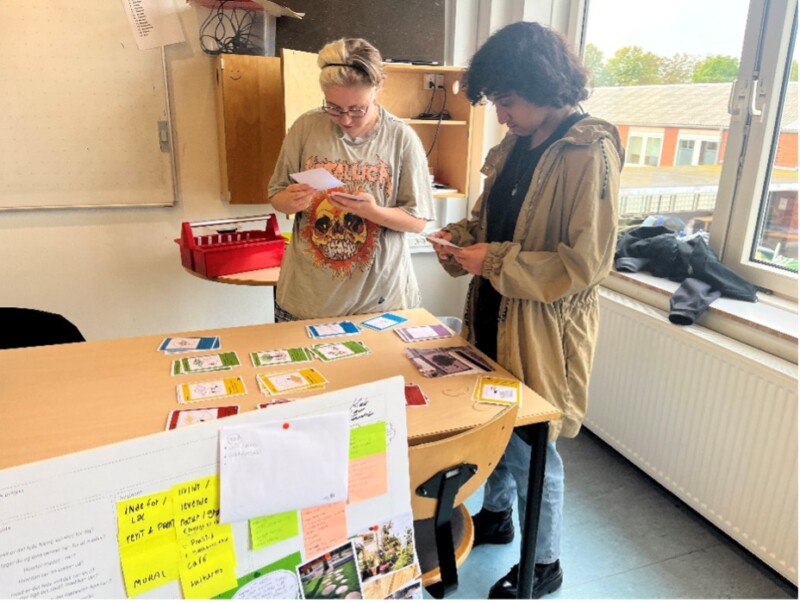
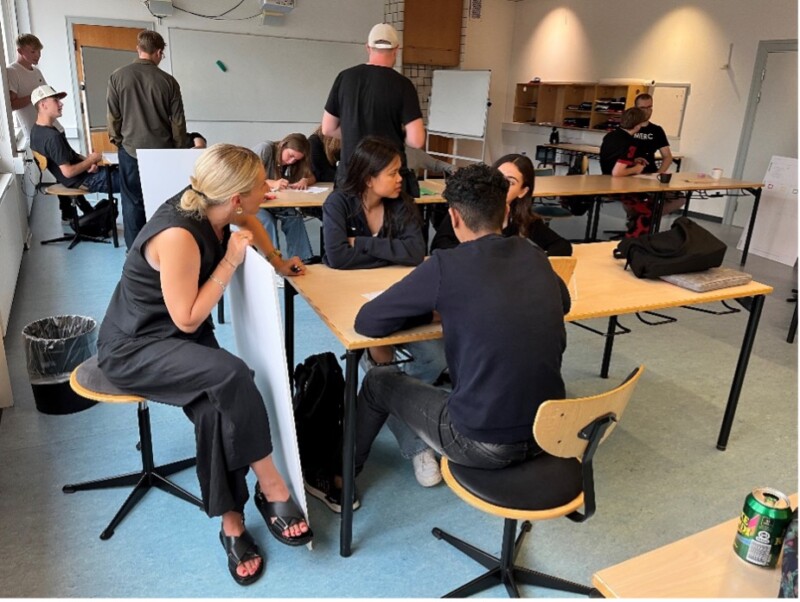
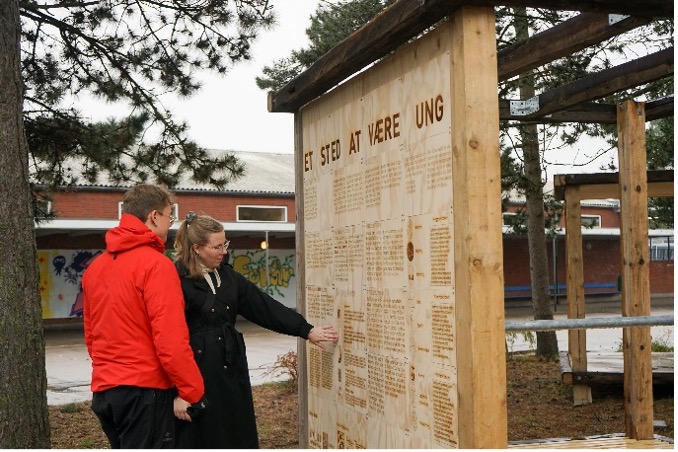
Photos: Arki-Lab ©


